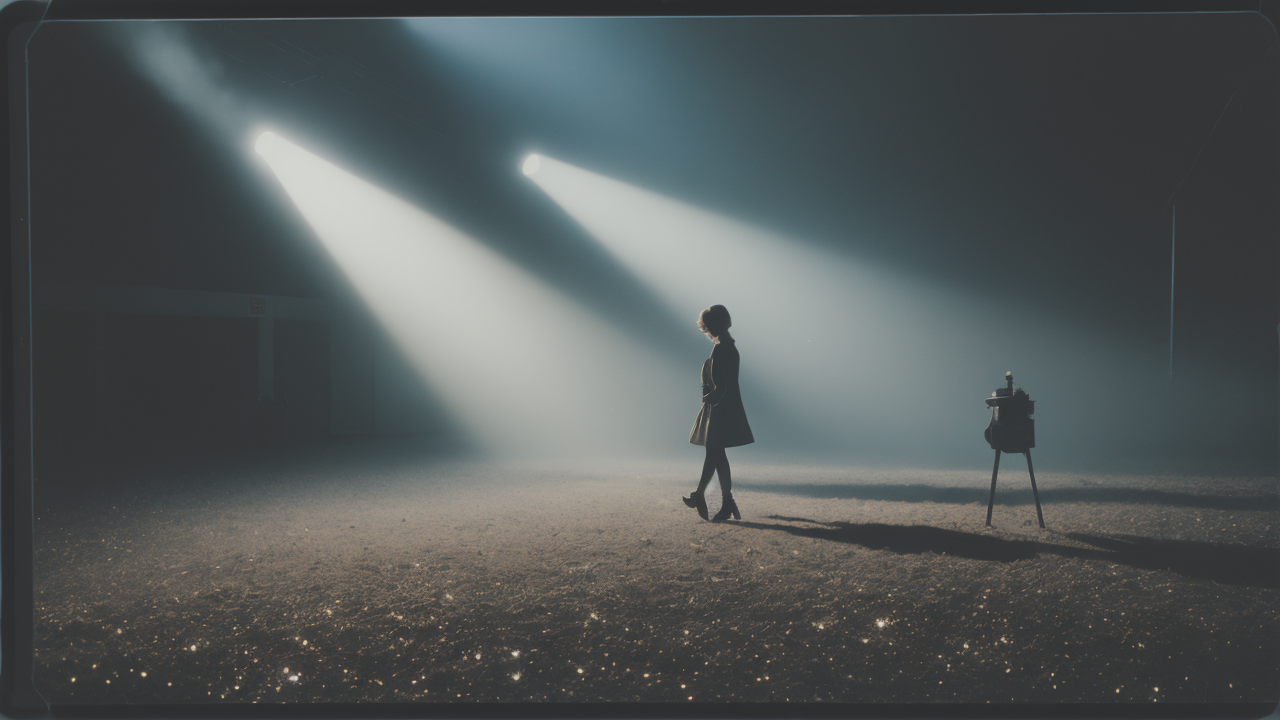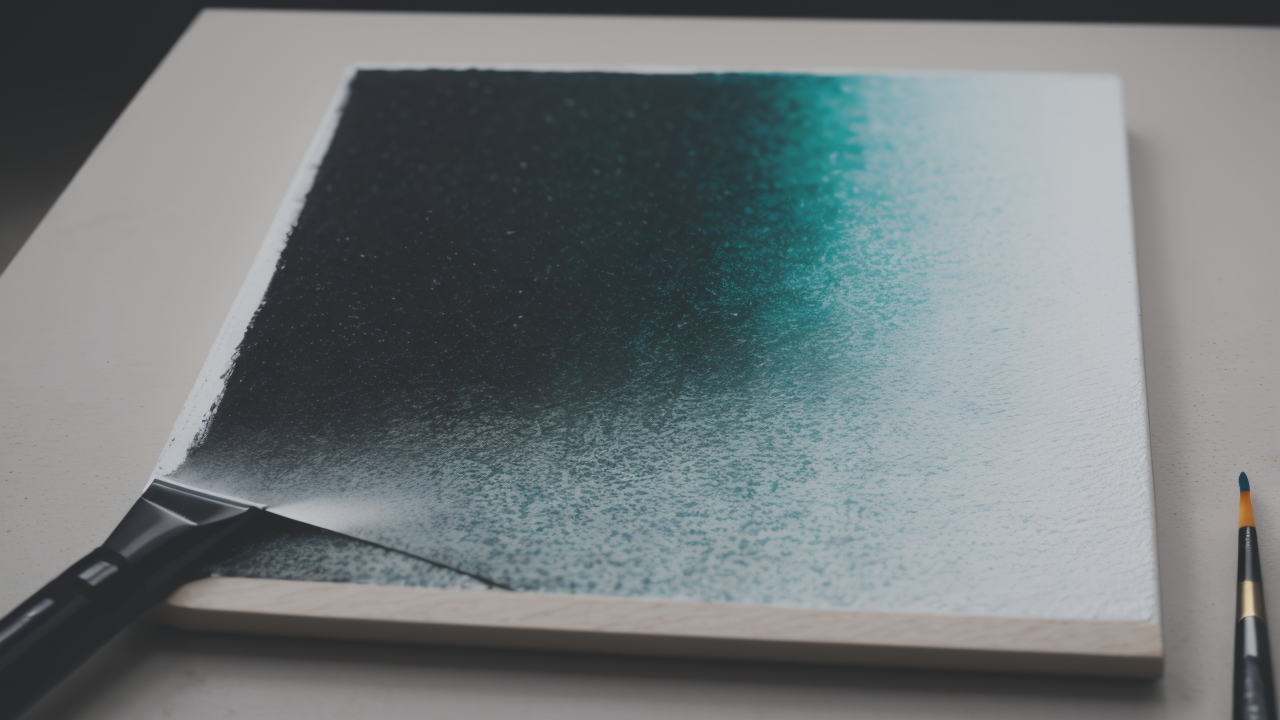
Mastering Wildflower Painting: Traditional vs. Digital Techniques
Exploring the Artistic Value of Bambi in American Culture
The Influence of Bambi on Modern Art
Bambi has made a big impact on modern art since its release in 1942. The film's art style has inspired many artists over the years. Its use of color and form has shaped how we think about animation and illustration.

Many painters draw ideas from Bambi's beautiful forest scenes. The way the film shows nature has influenced how artists create landscapes. Bambi's character design has become a model for drawing animals. Artists study its simple yet expressive features.
Contemporary artists often use Bambi as a symbol in their work. They might place the character in unexpected settings. This creates powerful statements about nature and society. Street artists have even used Bambi in their urban artworks.
Art schools use Bambi to teach animation basics. Students learn about how characters move and express emotions. The film's use of color is also studied. Bambi continues to shape new generations of artists in various ways.
Cultural Significance and Bambi as a Symbol
Bambi holds a special place in American culture. It's more than just a cartoon character. Bambi represents innocence and the natural world. The story touches people of all ages in a deep way.
In talks about the environment, Bambi often stands for nature's fragility. People mention the character when discussing animal protection. The term "Bambi Effect" describes how people react emotionally to cute animals.
Bambi also represents the loss of innocence. The film came out during World War II, giving it extra meaning. Bambi's struggles reflected real-world fears. This theme still speaks to audiences today.
Scholars study Bambi's story in literature and film classes. They look at its themes of life, death, and growth. The story has influenced many other works. Its impact goes beyond just animation into all kinds of media.
Key Materials and Tools for Bambi Artworks
Choosing the Right Paint and Canvas
Picking the right materials is key for Bambi artwork. Acrylic paints are popular because they dry fast. Artists can easily layer colors with acrylics. This works well for creating Bambi's fur texture.

Oil paints offer rich, blendable colors. They're great for painting lush forest scenes. These paints allow for smooth color changes. This helps create depth in landscape backgrounds.
Watercolors can create a soft, dreamy look. They're perfect for misty forest scenes. Artists use them to make atmospheric effects. Gouache paints are good for bold, flat areas of color.
For canvas, a smooth surface is best for detailed work. It allows for precise brushstrokes on Bambi's features. Rougher textures can add interest to forest scenes. Some artists like wood panels for a very smooth painting surface.
Digital artists should choose software with good brush options. Programs like Procreate or Photoshop have versatile tools. These can mimic real paint textures. They also make it easy to layer and blend colors.
Essential Tools for Creating Bambi Art
Having the right tools can really improve your Bambi artwork. Here's a list of important items:
- Different brushes for various effects
- Palette knives to create texture
- Color wheel to choose matching colors
- Photos or figurines of deer for reference
- Sketch pad to plan compositions
- Kneaded erasers for gentle corrections
- Masking fluid to keep white areas clean
- Blending stumps for smooth shading
Digital artists need a good graphics tablet. This lets them draw with pressure sensitivity. It helps mimic real painting techniques. A stylus with different tips is also useful.
Good lighting is crucial for all artists. It helps see colors correctly. A desk lamp or ring light can be very helpful. Proper lighting also matters when taking photos of finished work.
Innovative Techniques for Painting Bambi
Incorporating Digital Tools into Traditional Painting
Mixing digital and traditional methods can enhance Bambi artwork. Start by sketching Bambi on paper. Then scan it into a computer program. Use digital tools to improve the sketch and plan the layout.

Try making digital color studies before painting. This lets you quickly test different color schemes. It can help you pick the perfect colors for your Bambi painting.
Consider using projection techniques. Project your digital sketch onto canvas for accurate outlines. This really helps with complex forest backgrounds.
Create custom textures digitally. Bring these into your painting software. Use them to add special effects to your Bambi artwork. This works well for fur or leaf textures.
You can also mix traditional and digital media in the final piece. Paint Bambi by hand, then add digital elements. This could include special lighting effects or extra forest details.
Advanced Techniques for Texturing and Detailing
Creating realistic textures is important to bring Bambi to life. For fur, use a dry brush technique. Apply paint with a nearly dry brush to create fuzzy textures. Build up layers of color for depth.
To capture Bambi's soft eyes, use glazing. Apply thin, see-through layers of paint. This builds depth and creates a lifelike shine. It's perfect for achieving that innocent Bambi look.
Try unusual tools for forest textures. Use sponges or crumpled paper for leaf patterns. Try a toothbrush to splatter paint for dappled light effects.
Try negative painting for forest depth. Paint around the shapes of trees and leaves. This technique helps define forms and create a sense of distance.
Digital artists can make custom brushes. Create brushes that look like fur, leaves, or tree bark. Use these to add fine details quickly. Play with layer blending modes for more depth.
Remember, getting good at Bambi artwork takes practice. Try combining different techniques. This will help you develop your own unique style. With these advanced methods, you can create beautiful Bambi-inspired art.


